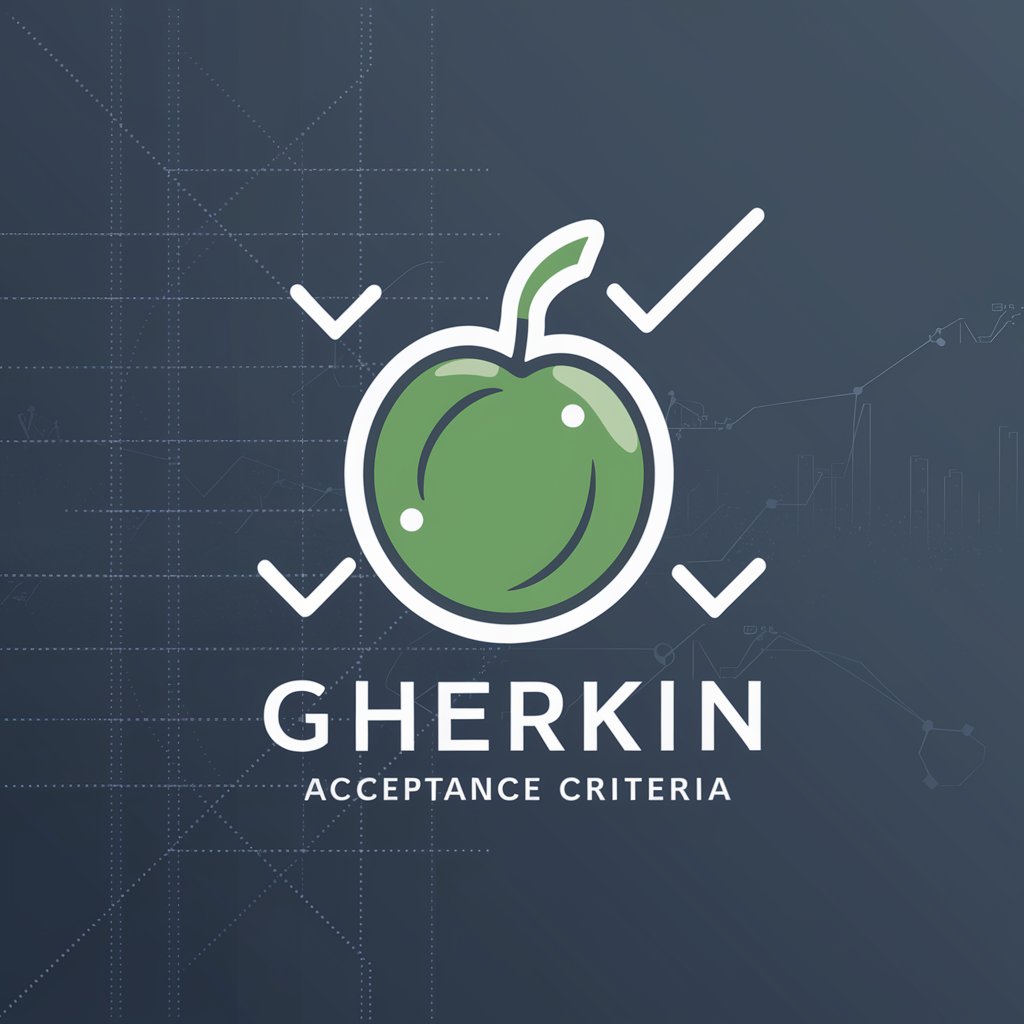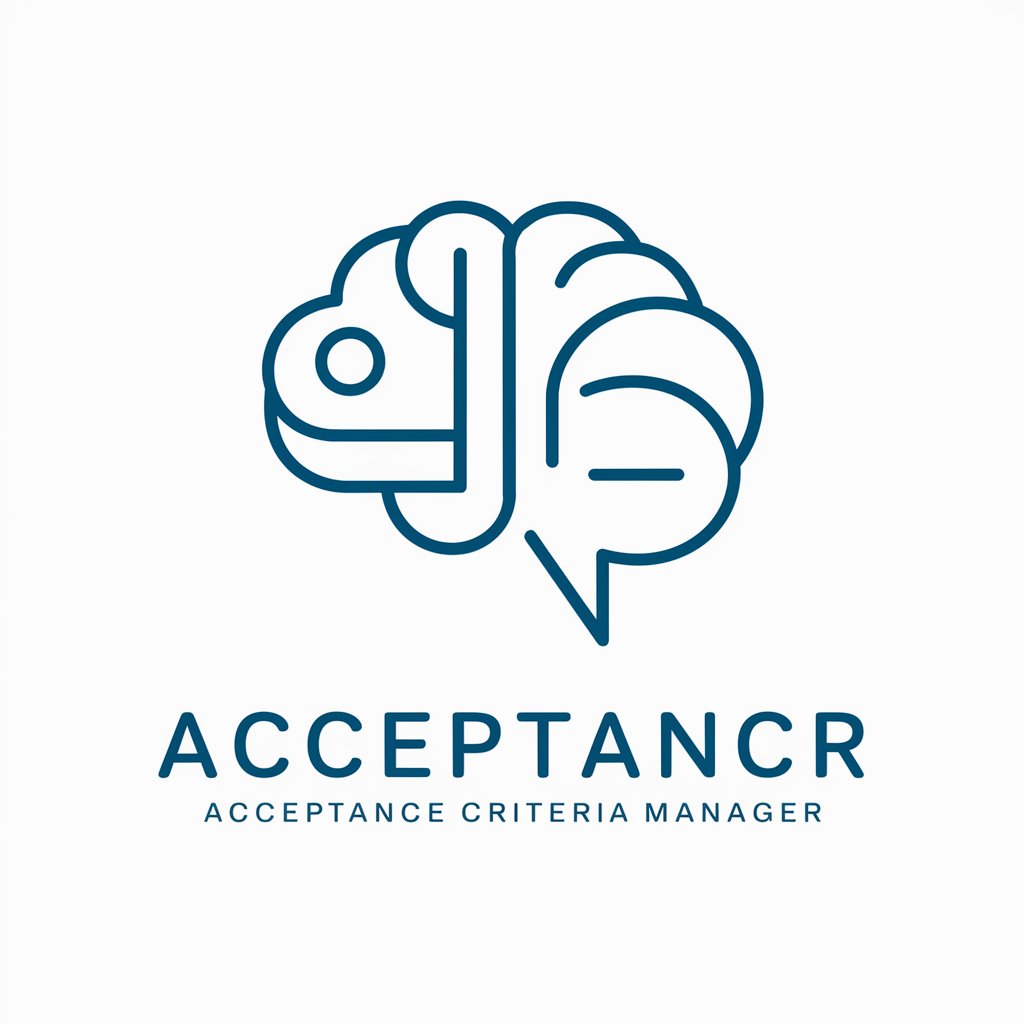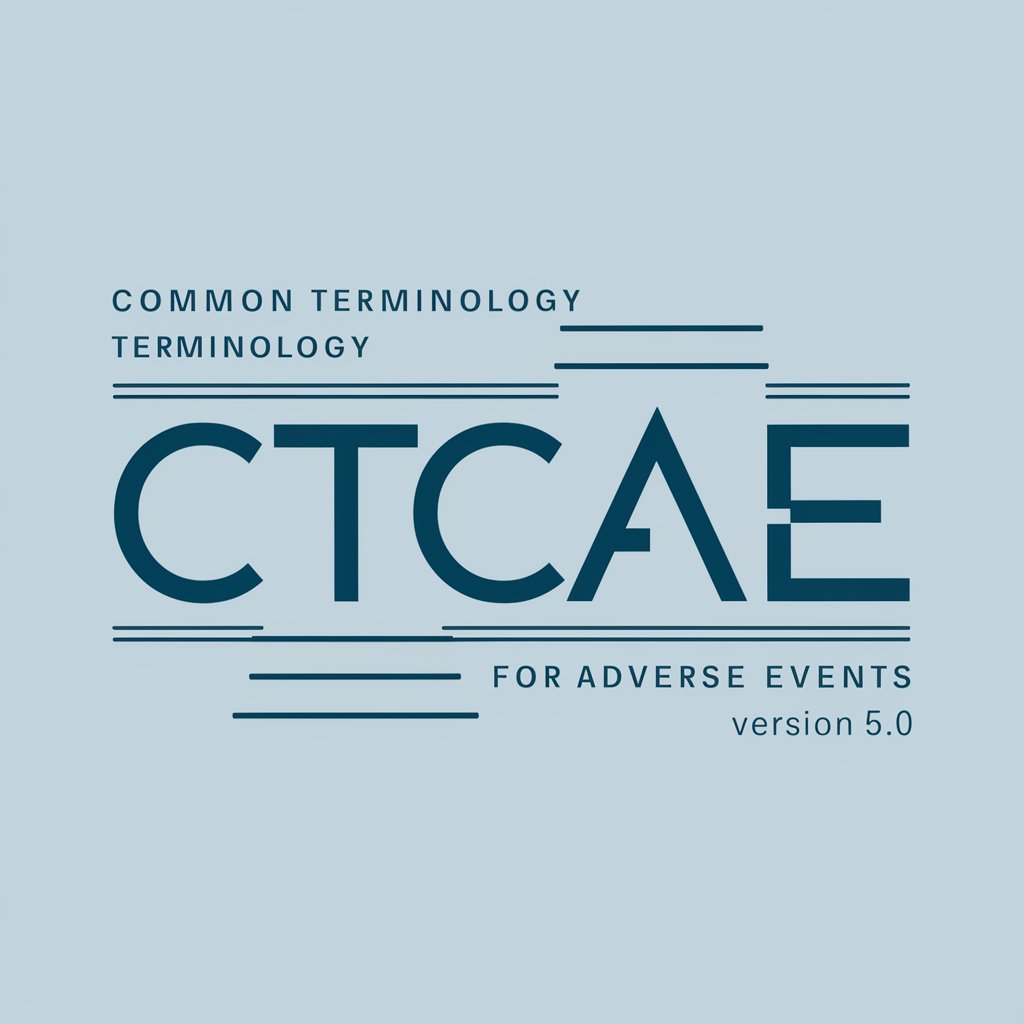Gherkin Acceptance Criteria - Gherkin Criteria Writing

Welcome to Gherkin Acceptance Criteria support.
Simplify Acceptance with AI-Powered Gherkin
Write Gherkin acceptance criteria for a login functionality that includes multi-factor authentication.
Develop Gherkin statements for a shopping cart feature in an e-commerce application.
Create detailed Gherkin scenarios for a user registration process with email verification.
Formulate acceptance criteria for a task management system, focusing on task creation, assignment, and tracking.
Get Embed Code
Introduction to Gherkin Acceptance Criteria
Gherkin Acceptance Criteria is a structured format designed for defining clear and concise acceptance criteria for software features and requirements. The purpose of Gherkin is to create an easily understandable and readable format for describing the behavior of a software product, facilitating communication among stakeholders, developers, and testers. It uses a natural language syntax with a given-when-then structure to represent business scenarios and their expected outcomes. This approach helps in bridging the gap between technical and non-technical participants in a project by providing examples that illustrate how software features should work from the end-user's perspective. For instance, if a team is developing a login feature, a Gherkin scenario might be: 'Given a registered user exists, When the user enters correct credentials, Then the user is granted access to the dashboard.' This example showcases the practical application of Gherkin by outlining the preconditions, actions, and expected results for a successful login. Powered by ChatGPT-4o。

Main Functions of Gherkin Acceptance Criteria
Defining Feature Behavior
Example
Given a user is logged into their account, When they click on the 'Delete Account' button and confirm their action, Then their account is permanently deleted, and they are redirected to the registration page.
Scenario
This function is applied when creating precise specifications for how a feature should behave under certain conditions, aiding developers and testers in understanding the intended functionality.
Facilitating BDD (Behavior-Driven Development)
Example
Given a shopping cart is empty, When a user adds an item to the cart, Then the item should appear in the cart, and the total price should update accordingly.
Scenario
Gherkin criteria are integral to BDD processes, where development starts with specifications and tests are written before code. This example illustrates how a feature's behavior is defined before development, ensuring the final product aligns with user expectations.
Automated Test Script Generation
Example
Given the user is on the homepage, When the user navigates to the 'Contact Us' page, Then the 'Contact Us' form should be visible.
Scenario
Gherkin scenarios can be directly converted into automated test scripts using tools like Cucumber. This functionality streamlines the testing process, allowing for the automated verification of feature behaviors against the defined criteria.
Ideal Users of Gherkin Acceptance Criteria Services
Product Owners and Managers
These individuals benefit from using Gherkin by clearly communicating product requirements and expected behaviors to development and testing teams. This clarity helps ensure that the final product meets business needs and user expectations.
Software Developers and Testers
Developers and testers utilize Gherkin to understand exactly what needs to be built and how features should perform, guiding development and testing efforts. Gherkin's structured format and clear scenarios facilitate efficient development and accurate testing.
Stakeholders and Business Analysts
Non-technical stakeholders and analysts use Gherkin to engage in the development process by providing input on feature requirements and expected outcomes. This involvement ensures that the software aligns with business objectives and user needs.

Guidelines for Using Gherkin Acceptance Criteria
Start Your Journey
Access a free trial at yeschat.ai without needing to sign up or subscribe to ChatGPT Plus.
Understand Gherkin Syntax
Familiarize yourself with the basic Gherkin syntax: Feature, Scenario, Given, When, Then. This foundational knowledge will enable you to structure acceptance criteria effectively.
Define Your Requirements
Clearly outline your feature or user story requirements. This clarity will be crucial for crafting accurate Gherkin statements that reflect your needs.
Write Your Criteria
Using the Gherkin syntax, write acceptance criteria for your requirements. Begin with a high-level feature description, followed by scenarios detailing specific use cases and expected outcomes.
Review and Refine
Iteratively review and refine your Gherkin statements. Ensure they accurately capture your requirements and are understandable by all stakeholders, including developers, testers, and business analysts.
Try other advanced and practical GPTs
Acceptance Criteria Manager
Craft precise, AI-powered acceptance criteria effortlessly.

Common Terminology Criteria for Adverse Events
Standardizing Adverse Event Reporting with AI

HR Insight: Perfecting Selection Criteria
Automate and Refine Hiring with AI

Criteria Ranker AI
Empowering Decisions with AI

Logo Maker
Craft Your Brand Identity with AI

Scout
Empowering Research with AI

Ticket Writer - User Stories & Acceptance Criteria
AI-powered tool for generating technical user stories.
Fix or Replace It?
Smart decisions for your belongings.

音声入力した内容を構造化&箇条書きで整理くん
Transform speech into structured insights.

バイオテックリサーチプレゼンター
Transform Research into Visual Stories

Headline Genius
Crafting Headlines with AI Precision

Best Wines for less than 10$
Discover affordable wines with AI

Gherkin Acceptance Criteria FAQs
What is Gherkin Acceptance Criteria?
Gherkin Acceptance Criteria is a structured format for writing acceptance criteria for software development projects, using a simple, human-readable language to specify features, scenarios, and expected outcomes.
Who can benefit from using Gherkin Acceptance Criteria?
Software developers, testers, product managers, and business analysts can all benefit from using Gherkin Acceptance Criteria to ensure a clear understanding of project requirements across the team.
How does Gherkin improve the development process?
Gherkin facilitates a Behavior-Driven Development (BDD) approach, encouraging collaboration among stakeholders and enabling a shared understanding of the project's goals, leading to more accurate and efficient development.
Can Gherkin Acceptance Criteria be automated?
Yes, Gherkin statements can be directly used with BDD frameworks like Cucumber to automate the testing of software features against their acceptance criteria, enhancing testing efficiency and accuracy.
Are there any prerequisites for writing Gherkin Acceptance Criteria?
A basic understanding of Gherkin syntax and the principles of Behavior-Driven Development (BDD) is recommended. Familiarity with the software development lifecycle and your project's specific requirements is also beneficial.
